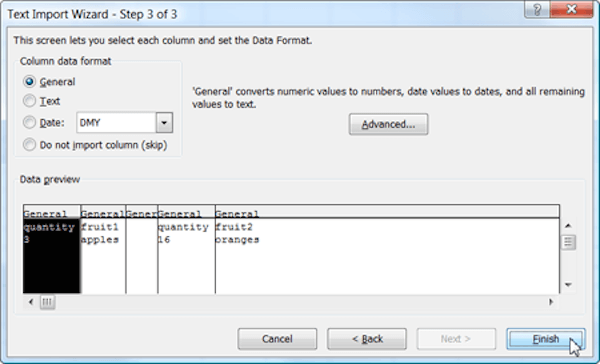
This is why I'm trying to convert it so I can work with it in excel. No but it does contain a "header" and "body" that are formatted differently. It's a rather large report and that would just take too long.Ī CSV file is technically a text file, but with a different name, so why not simply rename the file?ĭoes your text file actually contain a string that says "" and "?"

When I try to rename it doesn't format it to anything I'll be able to use without re-typing the whole thing. The issue here is that I don't have a version of excel that will allow me to do text to columns. Check that each "line" is structured the same way (i.e., follows the header order and is separated by commas), etc.Well, this isn't using PowerShell, but you could suck it into Excel using column positions and then put it out as a. So before you convert, make sure that in your text file, every value is separated by a comma (or other delimiter).

Converting a text file to CSV will not turn your data into tabular data by automatically placing delimiters and headers. However, it is important to remember that if your data is in CSV format, it must be formatted correctly. Simply adding the ".csv" extension to the text file will change the file format itself to ".csv". This will automatically change it to CSV format!įor Mac OS and Text Edit, choose "File" and then "Rename" - name the file again and add the ".csv" extension at the end. In Notepad on your PC, open the "File" menu and choose "Save As." Enter the name of your file and add the ".csv" extension. Do not open the file in a text editor like Microsoft Word! Open the ".txt" file in your default program (usually Notepad or Text Edit). As a result, you can open it in a spreadsheet or import it into one of your programs. Since CSV is plain text stored in a file, turning ".txt" data into ".csv" is not too difficult.


 0 kommentar(er)
0 kommentar(er)
